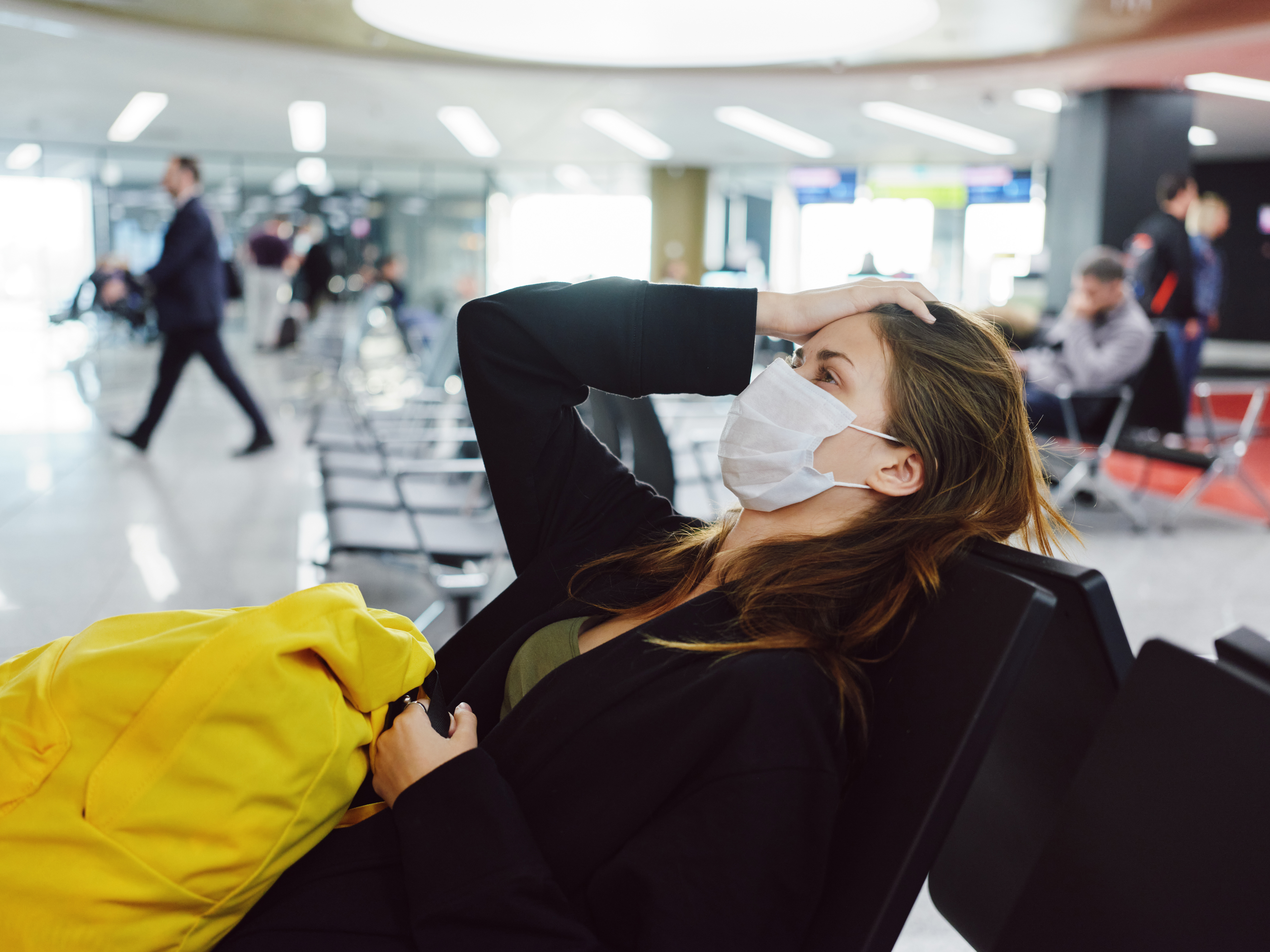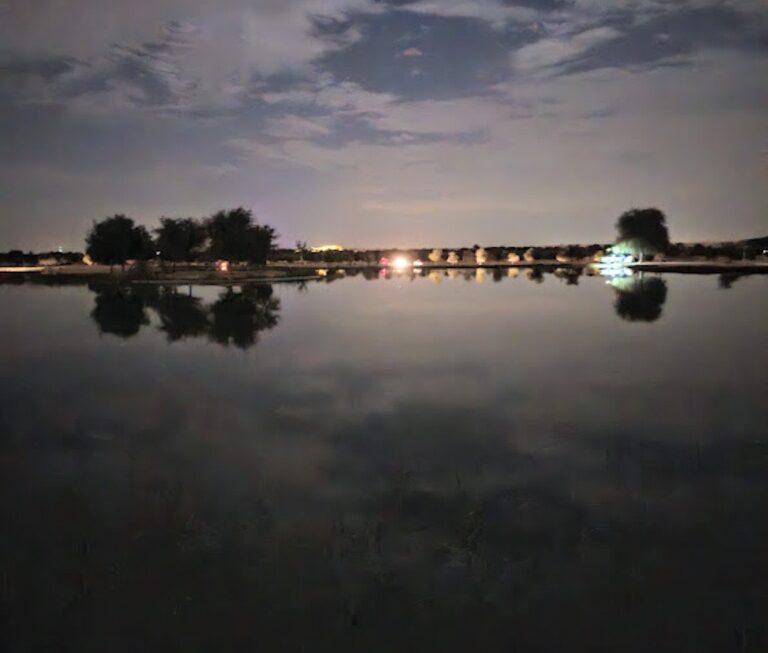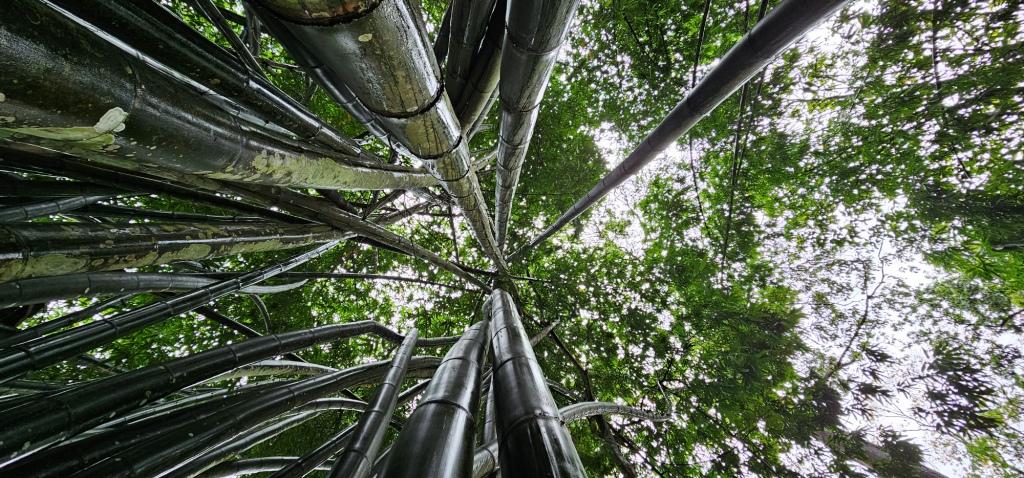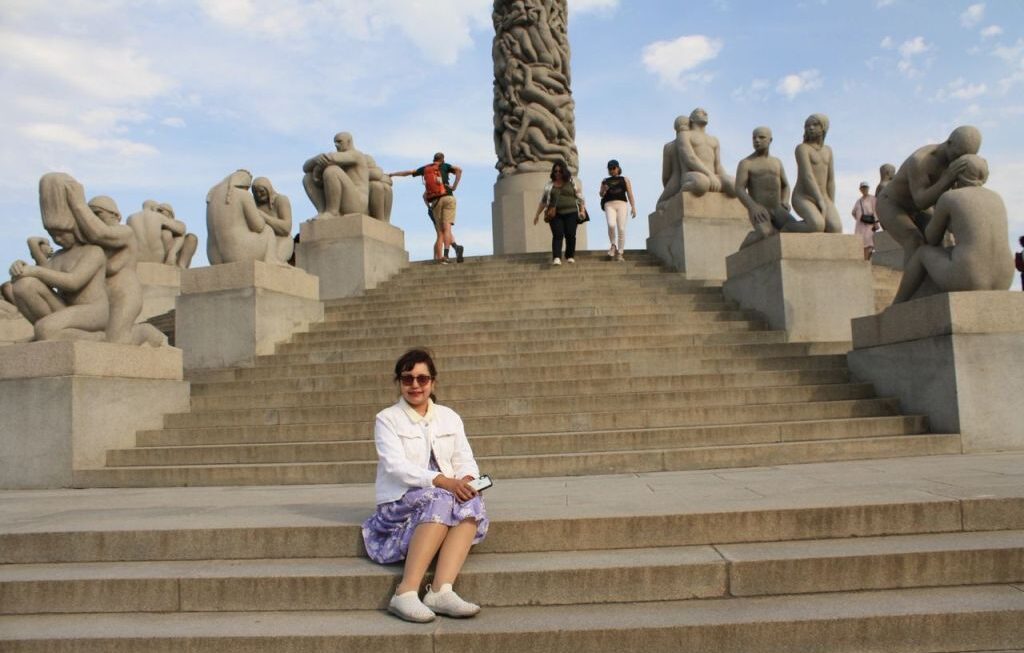While travelling to different places, we often get sick as the atmosphere and the temperature there are different from our native temperature. Our body finds it difficult to adapt too quickly and that’s the reason we feel uncomfortable for a few days. Once our body settles, then we feel refreshed and ready to see the places. One of the most common things that we experience is Altitude sickness. But what exactly is it? Is there any way to tackle this? In this article, you will find the answers to these questions.
What is Altitude Sickness?
Also known as ‘Mountain Sickness’, it is a group of symptoms that occurs when you climb a higher altitude than you are used to very quickly. It mainly affects mountain climbers, hikers, skiers, and people travelling to a higher altitude, usually above 8000 ft (approx. 2400 meters). But for some people, it can occur even in lower altitudes.
What are the Causes?
Mountain sickness is caused by reduced air pressure and low oxygen levels in higher altitude regions. When you move faster to a higher altitude, you are prone to sickness.
There is a high risk for you to have this sickness if:
- You live near the sea and you are travelling to a high mountain region.
- You always have had this illness before.
- You have not adjusted to the climate properly.
- You move to the heights too quickly
- Alcohol and substance abuse leading to interruption to acclimatization
- You have any serious ailments like heart problems, neurological issues, or lung problems
There are three levels of Altitude sickness:
- Acute Mountain Sickness (AMS): This is the mildest and most common type of mountain sickness. The common symptoms are dizziness, headache, muscle ache, and nausea.
- High Altitude Pulmonary Edema (HAPE): This sickness can be very dangerous and fatal as fluid builds up in your lungs, making it impossible to breathe. This is the most common cause of death from Altitude sickness.
- High Altitude Cerebral Edema (HACE): This is the most severe type of Altitude sickness, which occurs with the formation of fluid in the brain. This is also a life-threatening disease and should receive immediate medical attention.
What are the Symptoms?
The symptoms depend on the pace of ascending the altitude, and how much you exert yourself while climbing the altitude. The following are the most common and mildest symptoms of Mountain sickness-
- Difficulty sleeping
- Dizziness or light-headedness
- Fatigue
- Headache
- Loss of appetite
- Nausea or vomiting
- Rapid pulse (heart rate)
- Shortness of breath with exertion
The symptoms of HAPE and HACE are the following:
- Blue color to the skin (cyanosis)
- Chest tightness or congestion
- Confusion
- Cough
- Coughing up blood
- Decreased consciousness or withdrawal from social interaction
- Gray or pale complexion
- Inability to walk in a straight line, or walk at all
- Shortness of breath at rest
If you develop these above or worse symptoms, do not hesitate and contact a doctor immediately.
How to diagnose Altitude sickness?
Altitude sickness is mostly always self-diagnosed since the symptoms are consistent. It starts with a normal headache and nausea which should last up to 24 to 48 hours of travelling to a higher altitude. Experienced climbers and trekkers recognize these symptoms pretty quickly. If you have severe altitude sickness, the health care provider can diagnose you with the stage of your sickness based on symptoms and guide you with proper treatment.
How to prevent Altitude sickness?
- The main and best way to prevent Altitude sickness is to descend to the lower altitude as safely and soon as possible. Avoid climbing if you develop any symptoms.
- If you are travelling to a higher altitude place for a few days then acclimatization is the best way to avoid altitude sickness. Avoid doing any strenuous activities like hiking, skiing, etc. at the first 24 hours of you reaching the place. Alcohol and drugs can also affect acclimatization hence should also be avoided for at least the first 24 to 48 hours.
- Go slow and take regular breaks while climbing. This helps in acclimatization while moving and reduces the risk of altitude sickness.
- Stay hydrated and eat light but high-calorie foods containing carbs.
- If possible, try and sleep at lower altitudes.
- Recognizing the symptoms is extremely crucial to treat Altitude sickness. So, know your body and do not ignore any signs of illness.

Author’s bio:
Ashwathi Anoopkumar is a student pursuing her Master’s degree in Mass Communication and Journalism. She has content writing experience of 1.8 years and has written for multiple genres.




